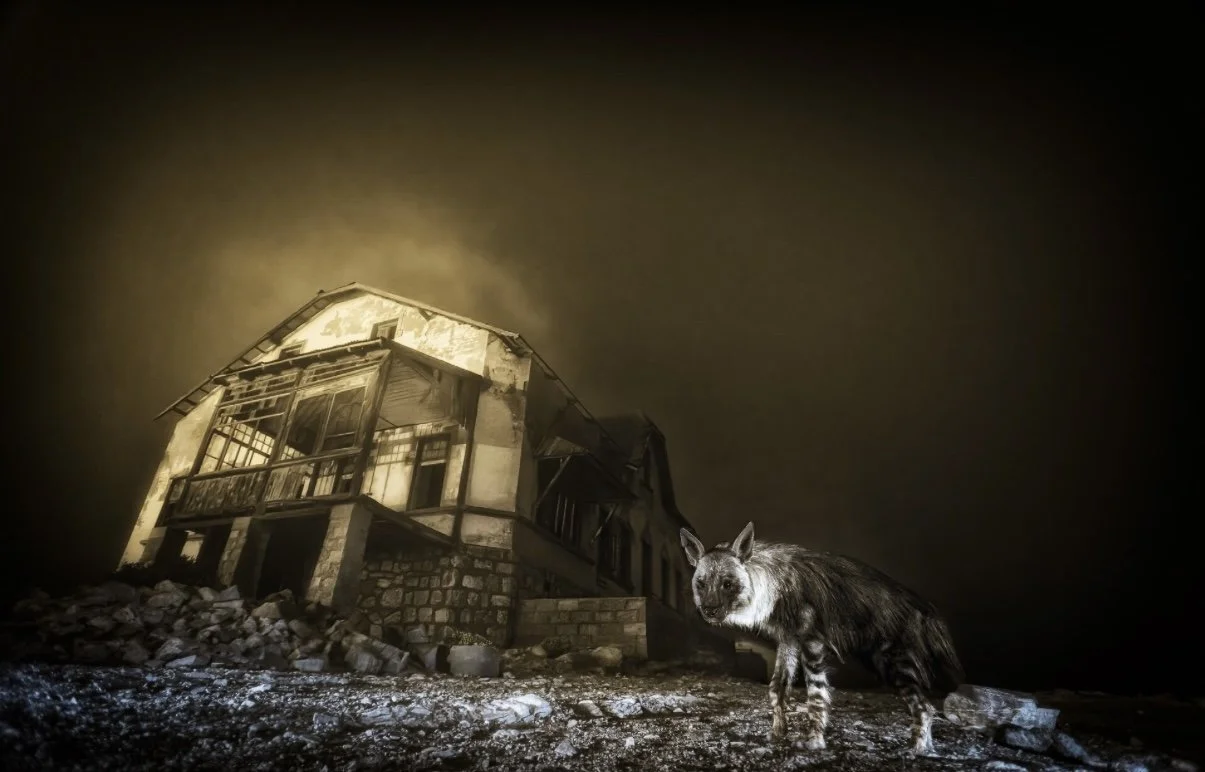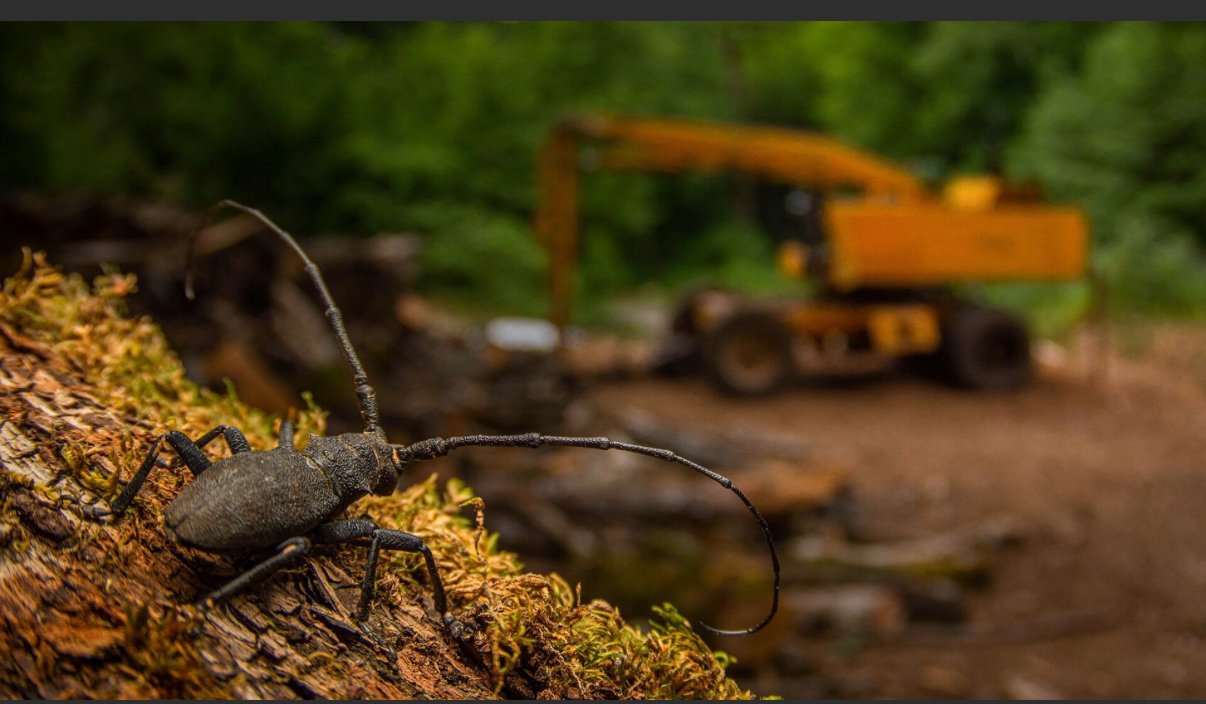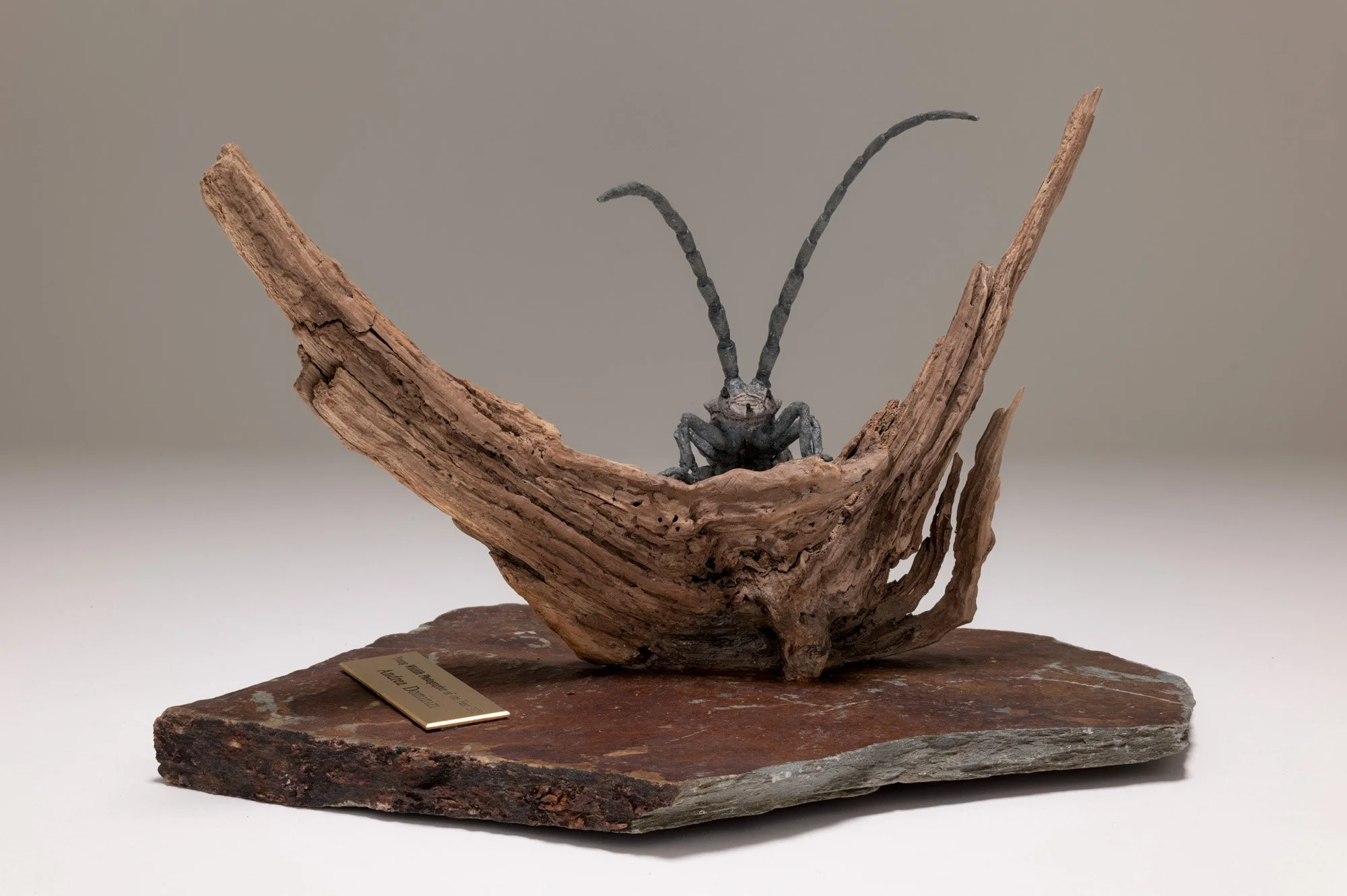Wildlife Photographer of the Year 2025.
It’s always with some trepidation I open the file containing the winning images for the world renowned Wildlife Photographer of the Year awards, for which I’ve been making a series of specially commissioned animal sculpture trophies for 26 years now.
You see, it’s my job to the sculpt the animals depicted in the winning photographs. As you can imagine, I’ve had some challenges through the years. Not every photographic image lends itself readily to sculpture. But I’ve always managed to come up with a solution, often thinking outside the box.
This year’s adult winner captured a ghostly image of a brown hyena skulking by an abandoned settlement (below). Fortunately, I have a particular soft spot for hyenas, having spent many hours studying them in the wild.
I’ve only encountered spotted hyenas so far, but the brown hyena is high on my wish list. Hyenas are fascinating creatures who exhibit complex behaviour and are capable of a wide range of expression.
Wim van den Heever’s grand title winning image
Hyenas are always alert, always focussed on their environment, scouting for food or danger. I wanted to capture this intensity that so characterises the animal while also showing off the unique gait of the hyena. I used a Raku firing for the finished sculpture. This gives a raw earthy quality perfectly suited to these rugged beasts.
This year the young photographer of the year captured a scene (below) which turned out to be one of my favourite sculptures to date. The Morimus Asper beetle captured in the winning image proved to be a truly fascinating subject. This large beetle, found in Europe, has huge curved antennae. Morimus means destined to die because the males often fight to death over territory.
Andrea Dominizi won the Young Grand Title with this image of a Morimus Asper beetle
For this reason I decided to sculpt an assertive looking beetle surveying his territory for any interloper. I modelled the body in ceramic, paying close attention to the morphology, patterns and unique characteristics of the Morimus.
After the body was glazed and fired I fashioned the legs and antennae out of wire and coated them with mixed media to create the unique shapes of each leg and antenna segment. This close work takes many hours of careful modelling.
The finished sculpture was mounted onto a curved piece of driftwood specifically chosen to show off the beetle to best effect. I wanted it to look as if the beetle had just climbed onto the wood for a better view of its surroundings. I thought this would create a dramatic and also entertaining pose.
As always with sculpture, it needs to work through 360° with each angle offering a different view point. I always feel this is what gives sculpture such presence and impact.
Find out more and see all the winning images by visiting the Wildlife Photographer of the Year webpage.








